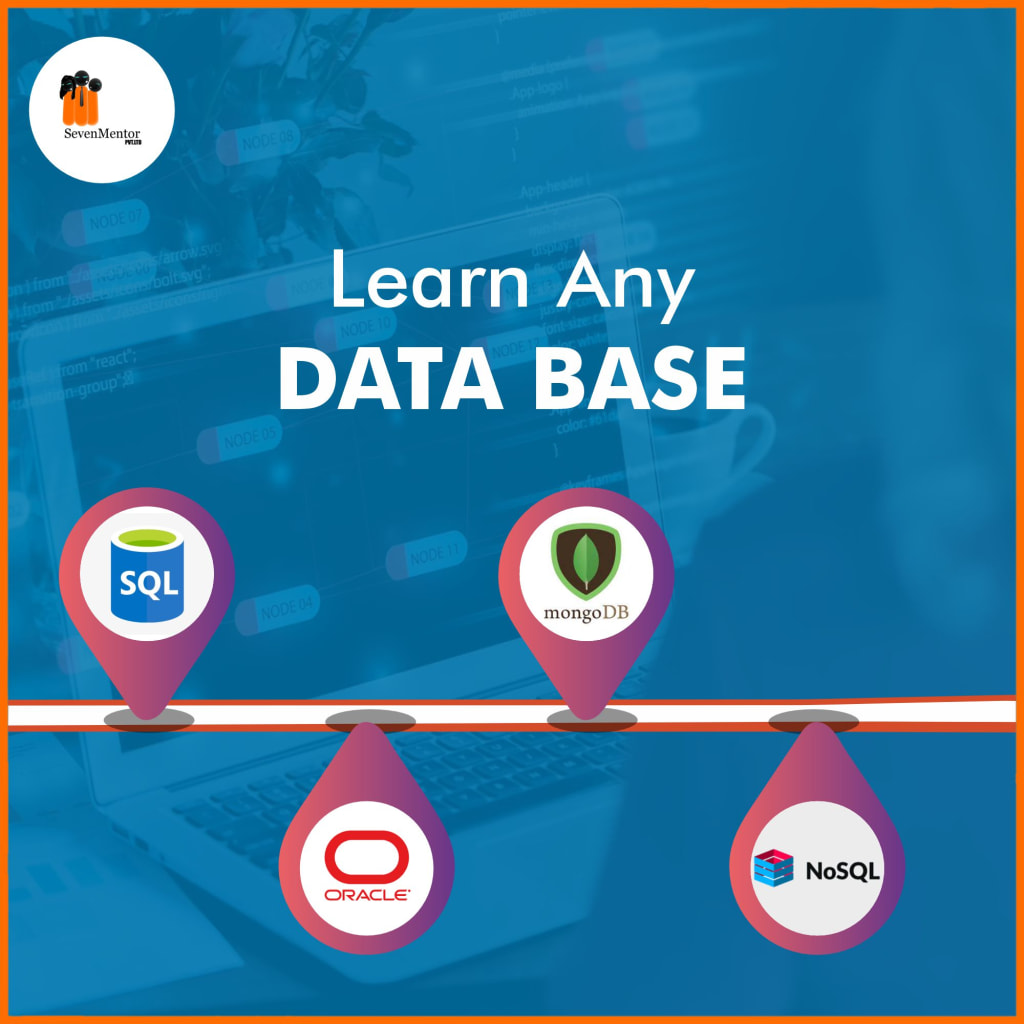Content warning
This story may contain sensitive material or discuss topics that some readers may find distressing. Reader discretion is advised. The views and opinions expressed in this story are those of the author and do not necessarily reflect the official policy or position of Vocal.
WHAT IS DATA SCIENCE?
Nowadays, with Cloud and IoT technologies, there is a considerable demand for data. As per a recent study, demand for Data Scientists will increase by 30% by 2021. SevenMentor is a premier institute. It has designed, Data Science Course In Nagpur. So you can learn it and make a fantastic career in this field.

Data wisdom is the process of structuring, cleaning, and structuring datasets to dissect and prize meaning. It’s not to be confused with data analytics, which is the act of assaying and interpreting data. These processes have numerous parallels and are both precious in the plant.
Data wisdom requires you to Form suppositions Run trials to gather data Assess data quality Clean and streamline datasets Organize and structure data for analysis
Data scientists frequently write algorithms — in rendering languages like SQL and R — to collect and dissect big data. When designed rightly and tested completely, algorithms can catch information or trends that humans miss. They can also significantly speed up the processes of gathering and assaying data.
5 BUSINESS operations FOR DATA SCIENCE
1. Gain client perceptivity
Data about your guests can reveal details about their habits, demographic characteristics, preferences, bournes, and more. With so numerous implicit sources of client data, a foundational understanding of data wisdom can help make sense of it. Data science classes in nagpur
For case, you may gather data about a client each time they visit your website or slipup-and-mortar store, add an item to their wain, complete a purchase, open a dispatch, or engage with a social media post. After ensuring the data from each source is accurate, you need to combine it in a process called data fighting. This might involve matching a client’s dispatch address to their credit card information, social media handles, and purchase identifications. By adding up the data, you can draw conclusions and identify trends in their actions.
2. Increase Security
You can also use data wisdom to increase the security of your business and cover sensitive information. For illustration, banks use complex machine-learning algorithms to describe fraud grounded on diversions from a stoner’s typical fiscal conditioning. These algorithms can catch fraud briskly and with lesser delicacy than humans, simply because of the sheer volume of data generated every day.
Indeed if you don’t work at a bank, algorithms can be used to cover sensitive information through the process of encryption. Learning about data sequestration can ensure your company doesn’t abuse or share guests ’ sensitive information, including credit card details, medical information, Social Security figures, and contact information.
3. Inform Internal Finances
Your association’s fiscal platoon can use data wisdom to produce reports, induce vaticinations, and dissect fiscal trends. Data on a company’s cash overflows, means, and debts are constantly gathered, which fiscal judges can use to manually or algorithmically describe trends in fiscal growth or decline. Data science course in nagpur
For illustration, if you’re a fiscal critic assigned with soothsaying profit, you can use prophetic analysis to do so. This would bear calculating the prognosticated normal dealing price per unit for unborn ages and multiplying it by the number of units anticipated to be vented during those ages. You can estimate both the average selling price and the number of anticipated units vented by changing trends in major companies and assiduity data, which must be good, gutted, and structured. This is data wisdom at work.
4. Streamline Manufacturing
Another way you can use data wisdom in business is to identify inefficiencies in manufacturing processes. Manufacturing machines gather data from product processes at high volumes. In cases where the volume of data collected is too high for a mortal to manually dissect it, an algorithm can be written to clean, sort, and interpret it snappily and directly to gather perceptivity.
5. prognosticate Future Market Trends
Collecting and assaying data on a larger scale can enable you to identify arising trends in your request. Tracking purchase data, celebrities and influencers, and search machine queries can reveal what products people are interested in.
Data wisdom is used to study data in four main ways
1. Descriptive analysis
Descriptive analysis examines data to gain perceptivity into what happened or what's passing in the data terrain. It's characterized by data visualizations similar to pie maps, bar maps, line graphs, tables, or generated narratives. For illustration, a flight booking service may record data like the number of tickets reserved each day. Descriptive analysis will reveal reserving harpoons, reserving recessions, and high-performing months for this service.
2. Individual analysis
Individual analysis is a deep-dive or detailed data examination to understand why a commodity happened. It's characterized by ways similar to drill-down-down, data discovery, data mining, and correlations. Multiple data operations and metamorphoses may be performed on a given data set to discover unique patterns in each of the techniques. For illustration, the flight service might drill down on a particularly high-performing month to better understand the booking shaft. This may lead to the discovery that numerous guests visit a particular megacity to attend a yearly sporting event.
3. Prophetic analysis
Prophetic analysis uses literal data to make accurate vaticinations about data patterns that may happen in the future. It's characterized by ways similar to machine literacy, soothsaying, pattern matching, and prophetic modeling. In each of these ways, computers are trained to reverse mastermind reason connections in the data. For illustration, the flight service platoon might use data wisdom to prognosticate flight booking patterns for the coming time at the launch of each time. The computer program or algorithm may look at one piece of data and prognosticate reserving harpoons for certain destinations in May. Having anticipated their client’s unborn trip conditions, the company could start targeted advertising for those metropolises from February.
4. Conventional analysis
Conventional analytics takes prophetic data to the coming position. It not only predicts what's likely to be but also suggests an optimum response to that outgrowth. It can dissect the implicit counteraccusations of different choices and recommend a stylish course of action. It uses graph analysis, simulation, complex event processing, neural networks, and recommendation machines from machine literacy. Data science training in nagpur
About the Creator
Enjoyed the story? Support the Creator.
Subscribe for free to receive all their stories in your feed. You could also pledge your support or give them a one-off tip, letting them know you appreciate their work.





Comments
There are no comments for this story
Be the first to respond and start the conversation.